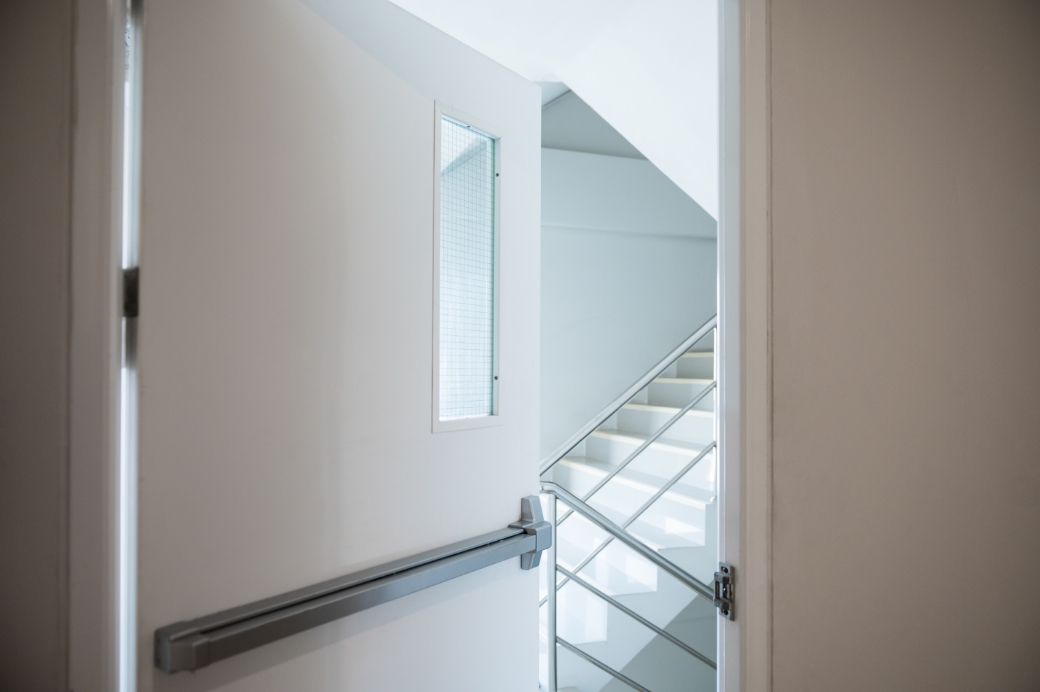Fire Doors Explained
A fire door is a type of door designed to resist the spread of fire and smoke between compartments of a building, such as rooms, corridors, or stairwells. They are an important safety feature in buildings as they help to prevent the spread of fire and smoke, which can be deadly.
Fire doors are tested to ensure that they meet specific standards for fire resistance, smoke control, and other fire safety features. They are rated based on the amount of time they can withstand exposure to fire, typically 30, 60, or 120 minutes. The higher the rating, the longer the door can withstand the heat and flames of a fire.

Fire Door Importance
If you own or manage a building, you need fire doors to help prevent the spread of fire and smoke between compartments. This is important for the safety of the occupants of the building, as well as for the protection of property and assets.
It is important to ensure that fire doors are properly installed, maintained, and inspected to ensure that they function correctly in the event of a fire.